Please Wait
Loading

The Coronation
Ceremony

The ceremony that marks the crowning of a new monarch comprises six stages: the recognition, the oath, the anointing, the investiture including the crowning, the enthroning and the homage.
The procession entry into Westminster Abbey signals the start of the coronation ceremony. The specific details of each coronation can differ from monarch to monarch. The monarch enters the Abbey, usually wearing a crimson surcoat and the crimson velvet Robe of State. Queen Elizabeth II opted to wear a Hartnell-designed coronation gown with the Robe of State over this.
The monarch proceeds through the Abbey to take a seat on The Chair of Estate. They will then stand ready for the recognition.
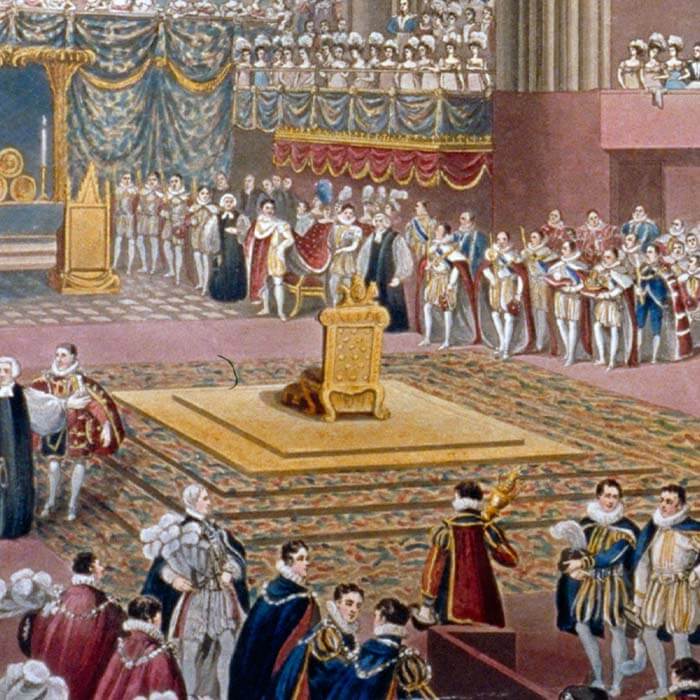
The Recognition
As the first part of the service, the recognition is the part of the ceremony in which the monarch presents themselves to the congregation in the theatre, the central part of Westminster Abbey. The monarch moves to stand by St Edward’s Chair, and stands throughout this part of the ceremony.
The Archbishop of Canterbury, Lord Great Chamberlain, Lord Chancellor, Earl Marshal and Lord High Constable move to the east, south, west and then the north of the coronation theatre. In each place, the Archbishop of Canterbury declares the monarch to be the ‘undoubted king’ or ‘undoubted queen’ in a ritual that dates back to Anglo-Saxon times and has played a part in coronation ceremonies for centuries. Each area will then respond with calls of ‘God Save The King’ or ‘God Save The Queen’.
The Oath
Following the recognition, the sovereign takes the oath, which can vary slightly from monarch to monarch. The Archbishop of Canterbury asks the sovereign three questions to ensure that the king or queen will promise to reign according to law, exercise justice with mercy, and maintain the Church of England.
The sovereign declares at the altar: ‘The things which I have here before promised, I will perform, and keep. So help me God’; they then kiss the Bible and sign a parchment copy of the oath. If the sovereign hasn’t already done so, they may also take the Accession Declaration alongside the oath.
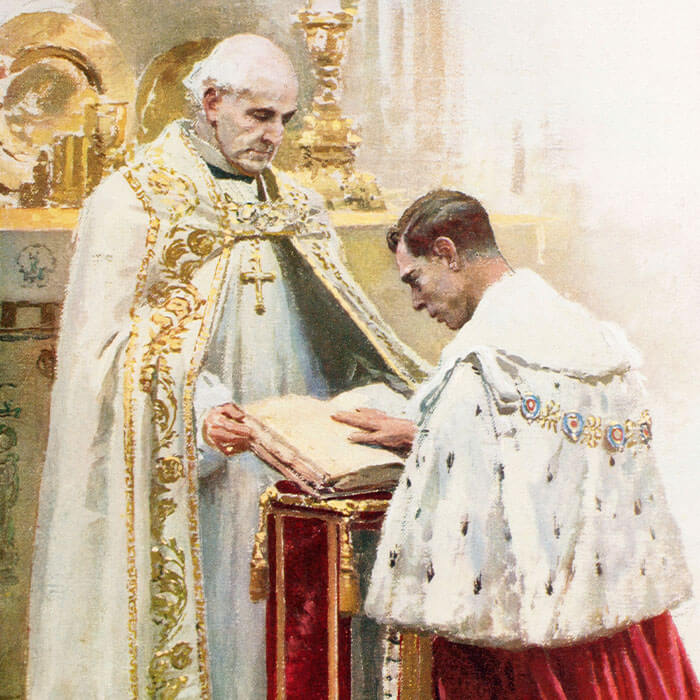

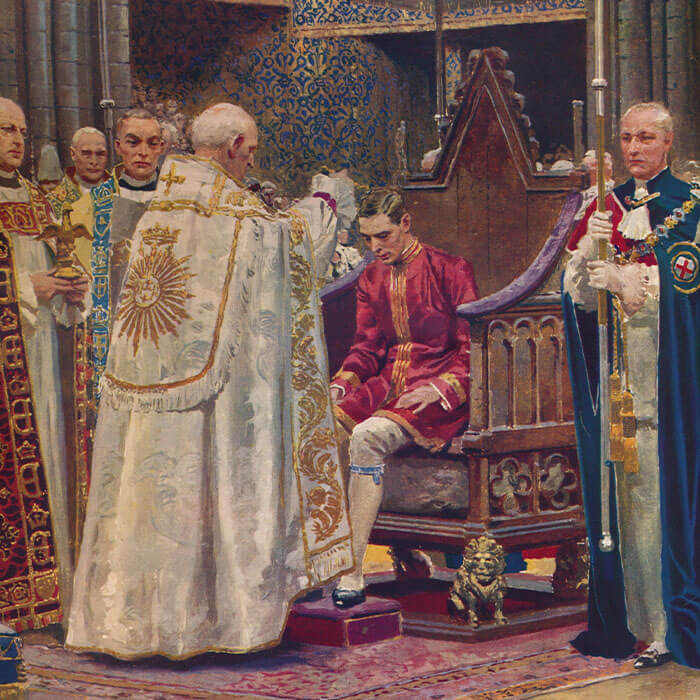
The Anointing
The public do not witness the anointing, as it is the most sacred part of the coronation ceremony. This is usually a private moment, which wasn’t shown on television during the coronation of Queen Elizabeth II. The monarch removes their crimson robe, sits in the Coronation Chair and becomes covered by a canopy.
The Dean of Westminster pours the holy oil from the Ampulla into the coronation spoon. Dating back to the twelfth century, this coronation spoon is the oldest piece of the royal regalia. The Archbishop of Canterbury then uses this sacred oil to anoint the monarch by drawing a cross on their hands, head and heart, whilst reciting the sacred consecratory formula.
The monarch kneels for the final prayer of the anointing section of the coronation ceremony, before rising to sit on the Coronation Chair. During this part of the ceremony, the choir traditionally sing Handel’s Zadok the Priest, which was first written for the coronation of George II in 1727.
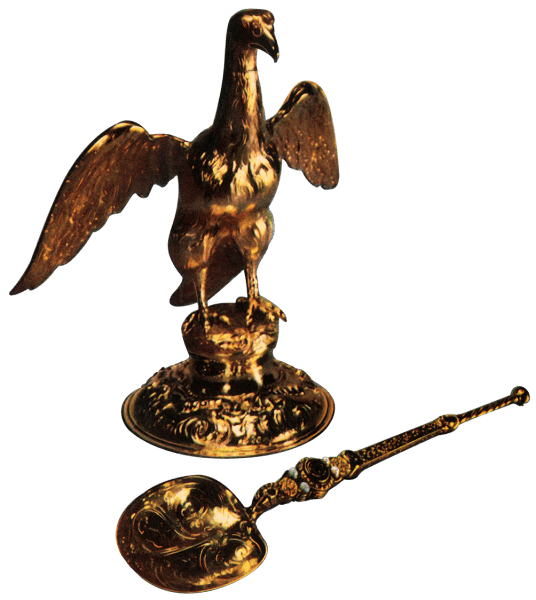
The Investiture
For the next part of the coronation ceremony, the monarch is usually dressed in a sleeveless white robe known as the ‘Colobium Sindonis’. This simple robe symbolises leaving behind all worldly vanity before God.
The monarch is then dressed in a robe of gold cloth, known as the Supertunica, before the Archbishop presents the monarch with the golden spurs of chivalry and the Sword of State. The monarch has the Robe Royal and Stole Royal placed around their shoulders before they are presented with items from the Crown Jewels, including the Sovereign’s Orb, a hollow golden orb topped with a cross.
Next, a ring is placed on the monarch’s right hand, symbolising their marriage to the country. The monarch is given a single kid glove to wear on their right hand. Then, they are given two sceptres to hold – the Sovereign’s Sceptre with Cross and Sovereign’s Sceptre with Dove, which is traditionally known as the Rod of Equity and Mercy.
The final part of the investiture includes the crowning of the monarch. The Archbishop of Canterbury brings forward the St Edward’s Crown from the altar. Only ever used at the moment of crowning, it can only be touched by the reigning monarch, Archbishop of Canterbury and Crown Jeweller.
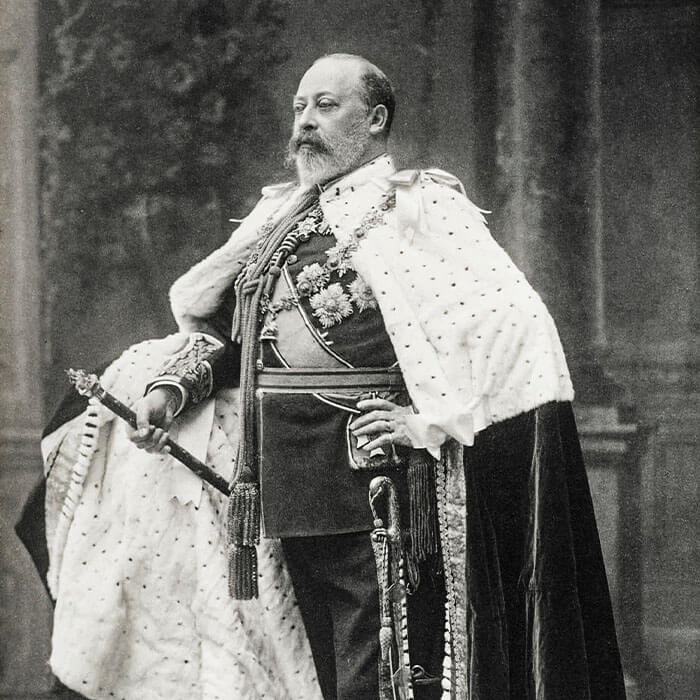

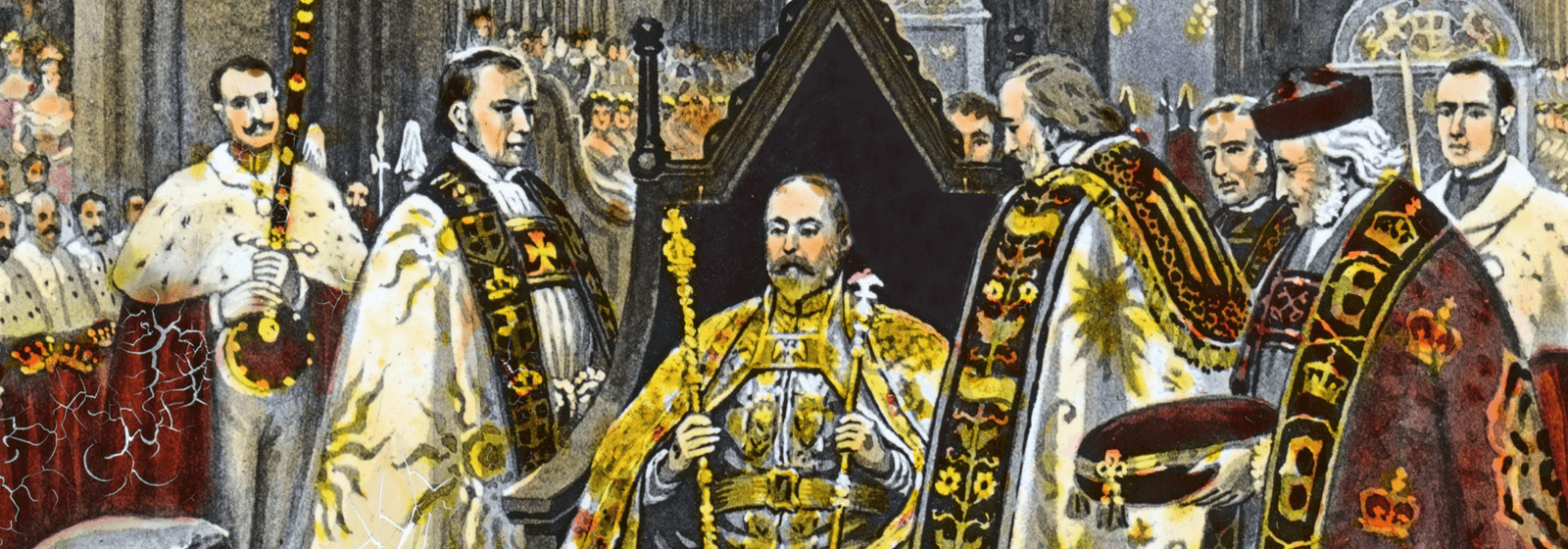
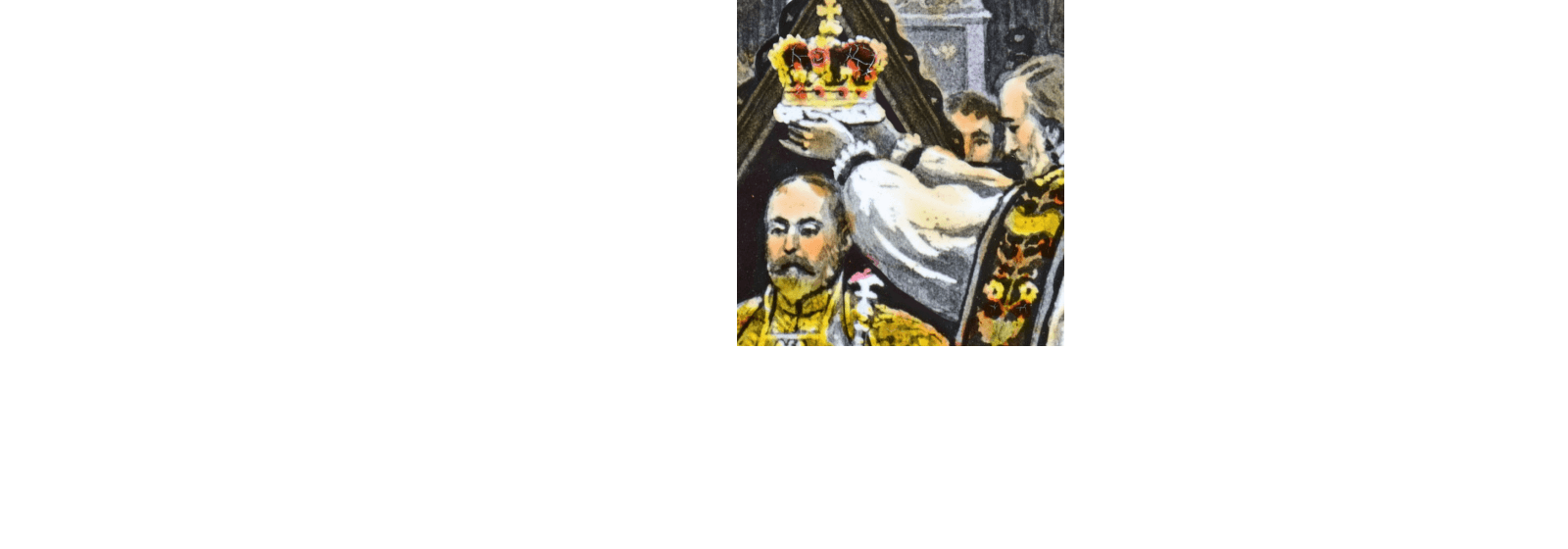
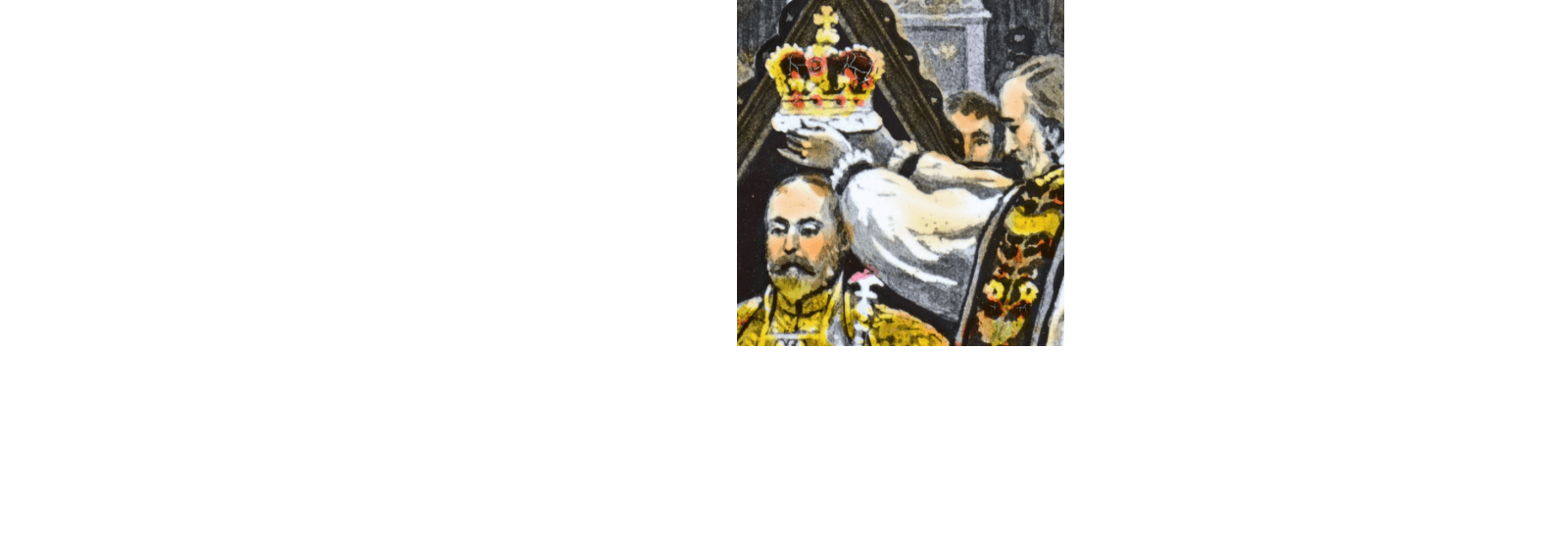
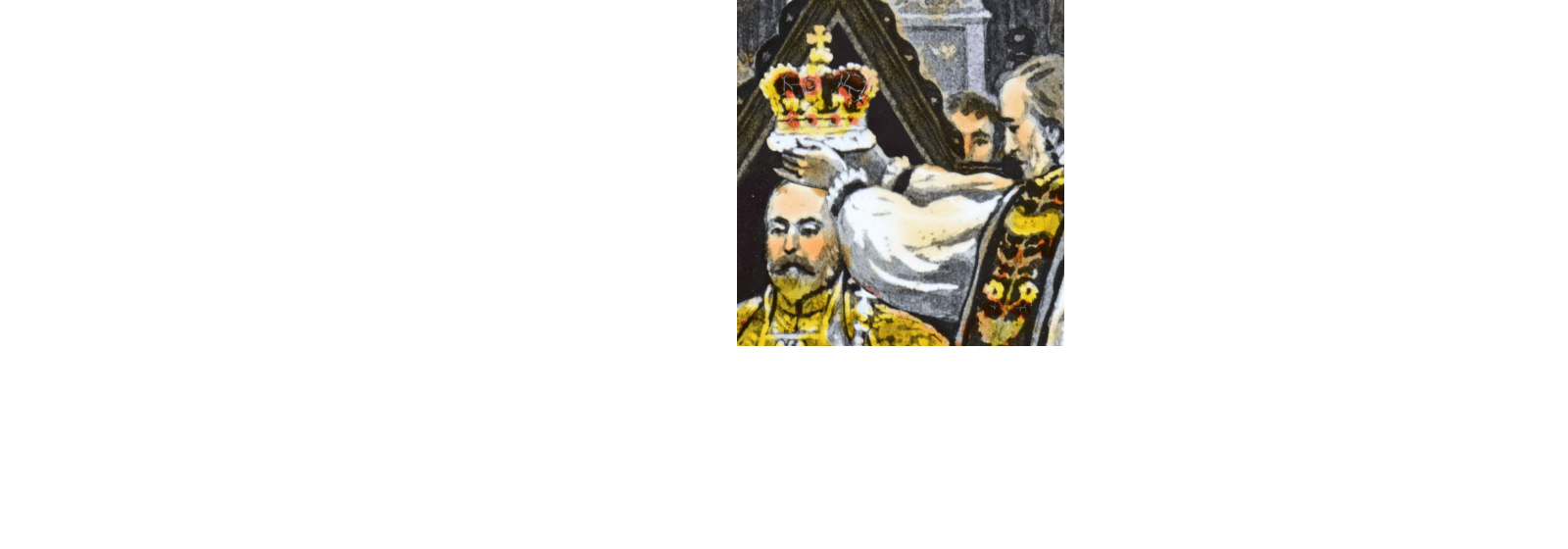
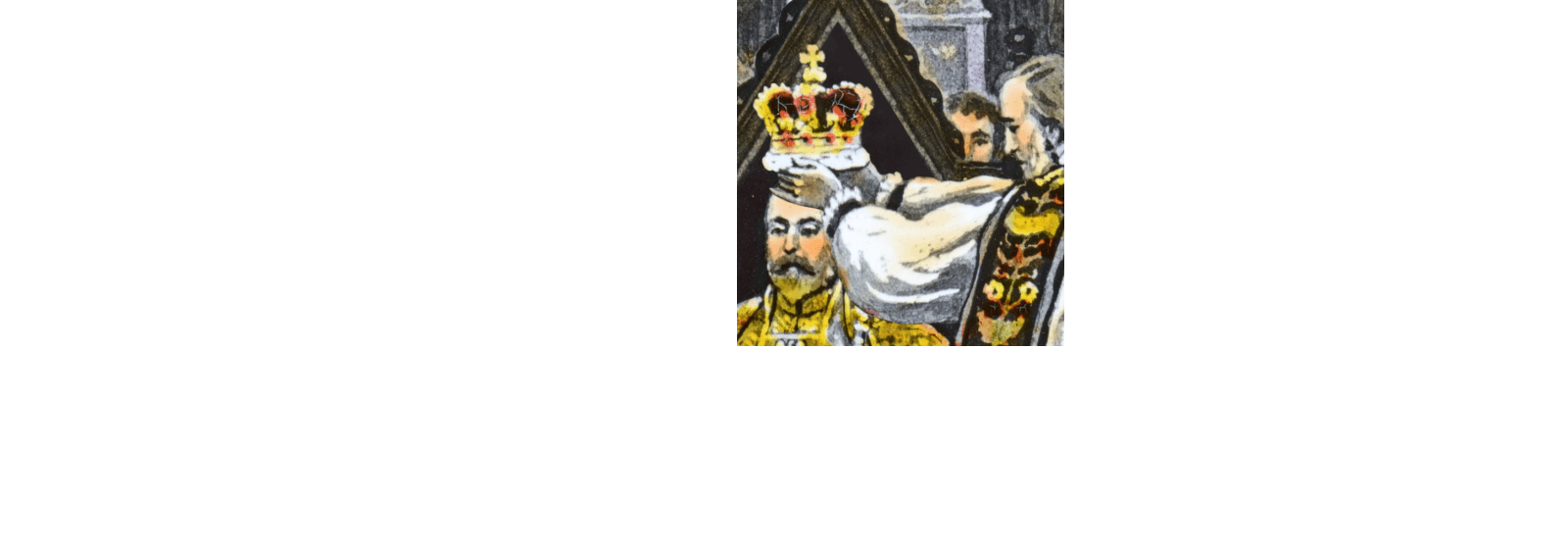
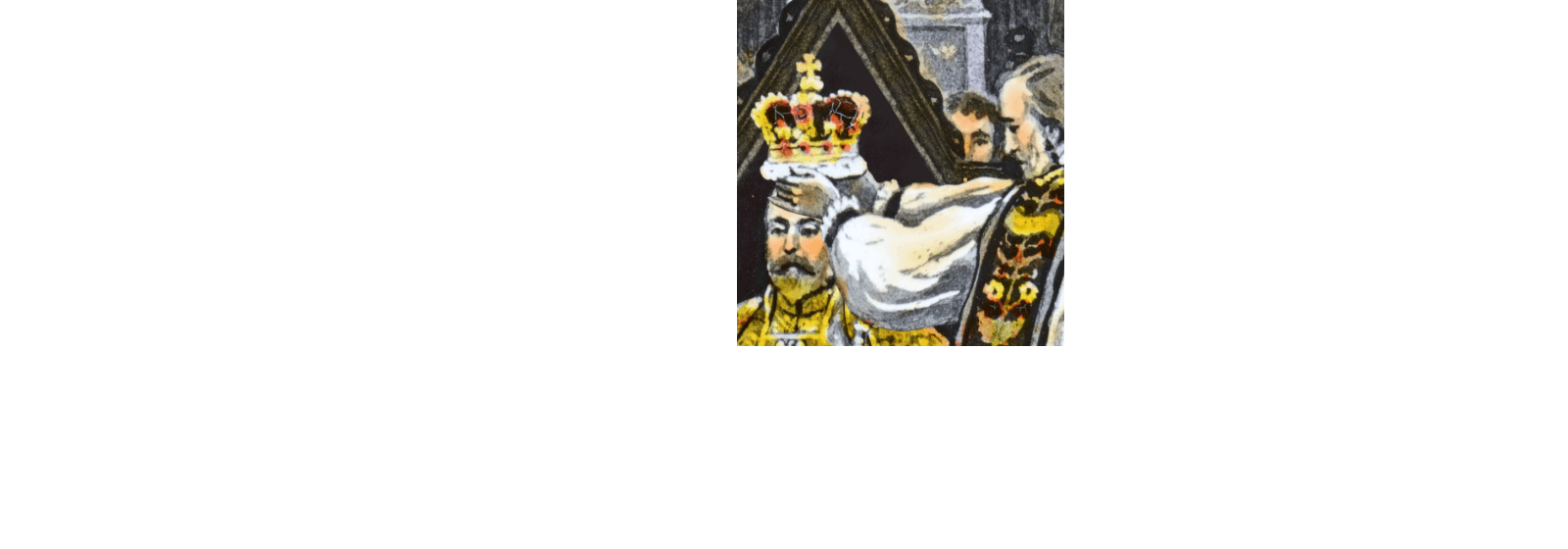
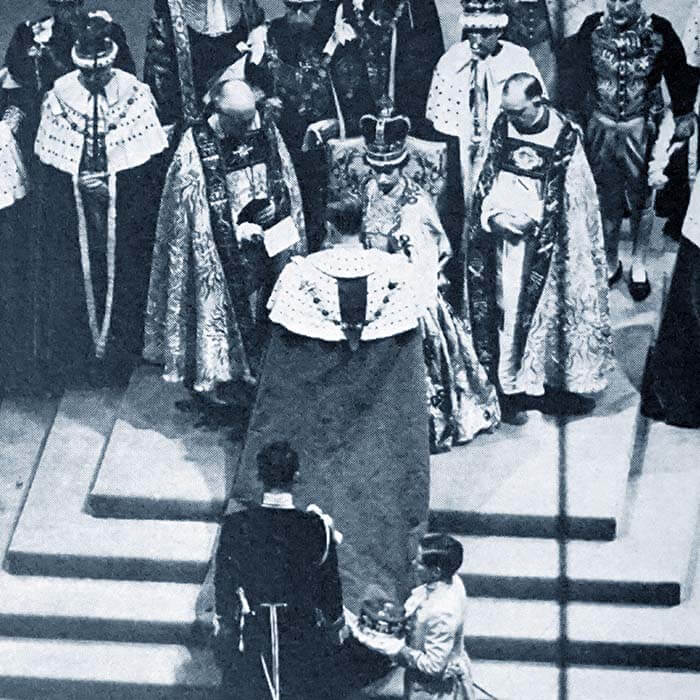
The Enthroning
The formal enthronement is the penultimate part of the coronation ceremony in which the monarch moves to a different throne. The sovereign rises from the King Edward’s Chair and archbishops, bishops and other peers of the kingdom bring them to the throne.
Once the sovereign is seated, an English translation of the Latin ‘sta et retine’ is read aloud followed by the congregation calling out ‘God Save The King’ or ‘God Save The Queen’.
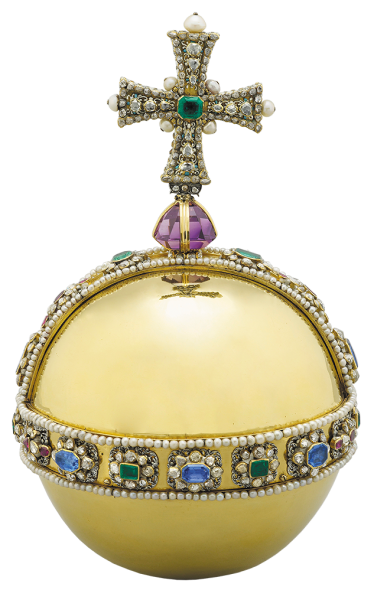
The Homage
One of the final parts of the coronation ceremony includes the homage; in the past this is where the Archbishop of Canterbury, bishops, princes of the royal blood and senior peers will come forward and swear their loyalty to the newly crowned monarch. Those involved in the homage will differ from monarch to monarch, with His Majesty King Charles III opting to include senior officials of the United Kingdom. They ascend the steps of the throne, place their hands between those of the monarch, and kiss the monarch’s right hand
The monarch retires to the St Edward’s Chapel. They then remove the St Edward’s Crown so they can wear the Imperial State Crown, before replacing the robes given to them during the investiture with a robe made of purple velvet. The monarch then leaves the chapel and returns to public view into the Coronation theatre whilst the congregation sings the British National Anthem.
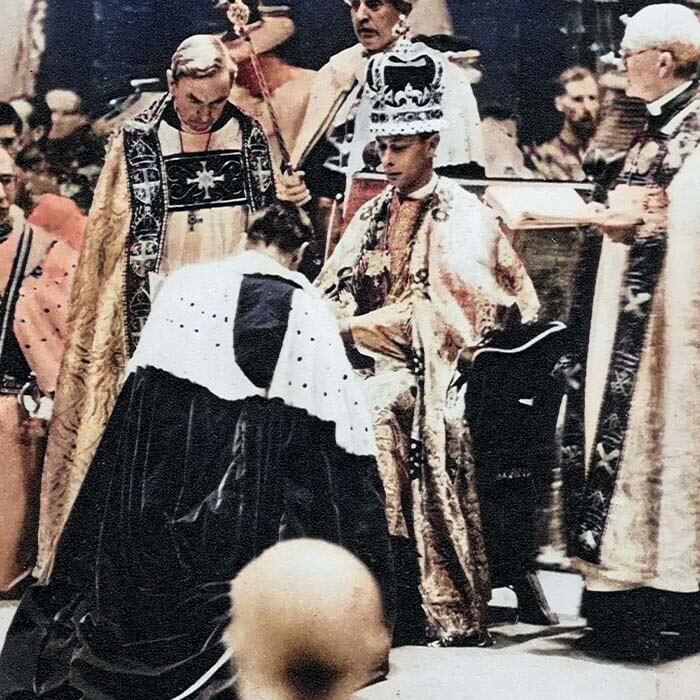
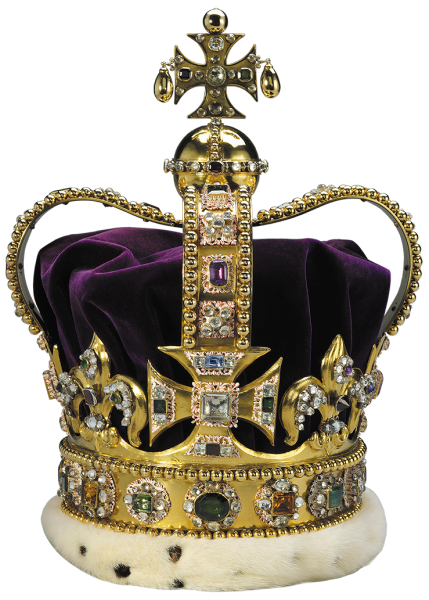
Related Articles
The 2023 Coronation Sovereign of King Charles III
Commemorate one of the most memorable moments in modern royal history with a new Sovereign collection dedicated to the coronation of His Majesty King Charles III.




